Until very recently, construction—commercial or residential—adhered to much of the same processes, techniques, or materials that were common 10, 25 or even 50 years ago. However, the current challenges in the construction industry are pushing project managers and building crews to think differently about how to complete a job on time and on budget. The COVID-19 pandemic compounded these challenges with severe material shortages, a crunch on labor, and other factors that have effectively decelerated project timelines.
To overcome these challenges, the industry is beginning to evolve. Stakeholders across the industry are seeking products, innovations, and processes that enable them to progress more quickly on projects. The construction industry has historically been slow to adopt new technologies, but the aforementioned issues have provided a strong impetus for a change in attitudes. Construction professionals are more willing than ever before to adopt and implement new technologies and modern construction methods. To support this, manufacturers are designing materials and processes to ease the burden on construction crews once materials are delivered to a job site.
Prefabrication is one of the methods whose potential the construction industry is finally waking up to. Consider the following from consulting-specifying engineers:
- Nearly all (91 percent) of the general contractors reported that modular construction delivered a positive impact on project cost.
- 47 percent of architects and engineers also report cost savings thanks to prefabrication.
- Nearly all (88 percent) of general contractors surveyed indicated that modular construction has a positive impact on project schedules.
- 65 percent of architects and engineers reported that prefabrication has led to schedule acceleration.
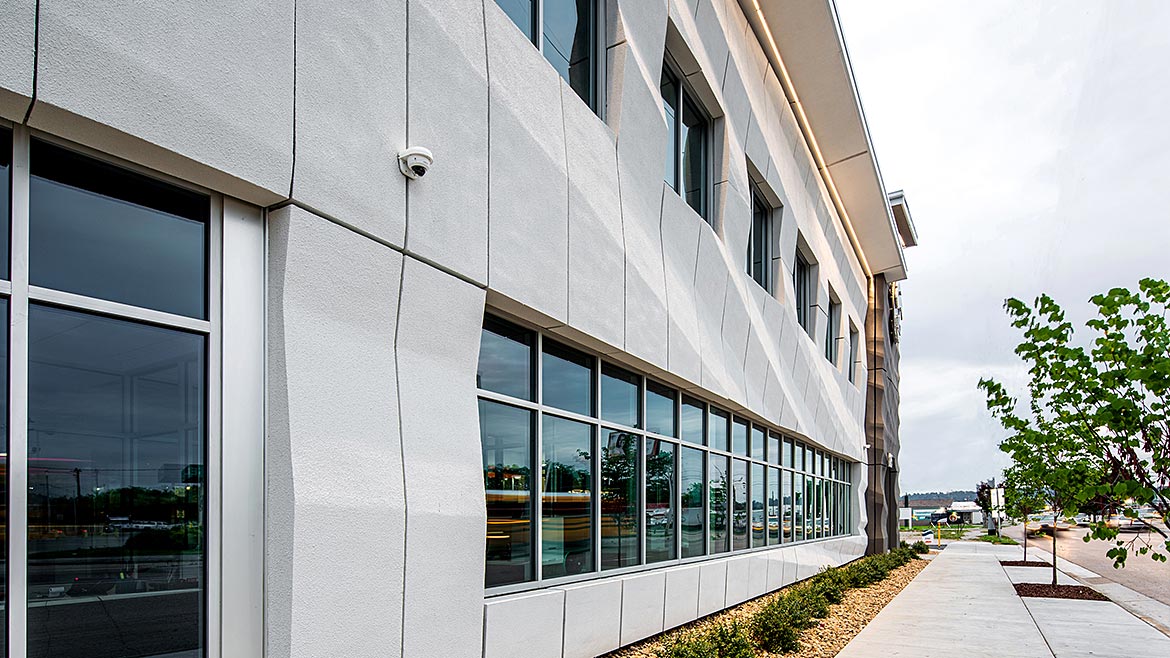
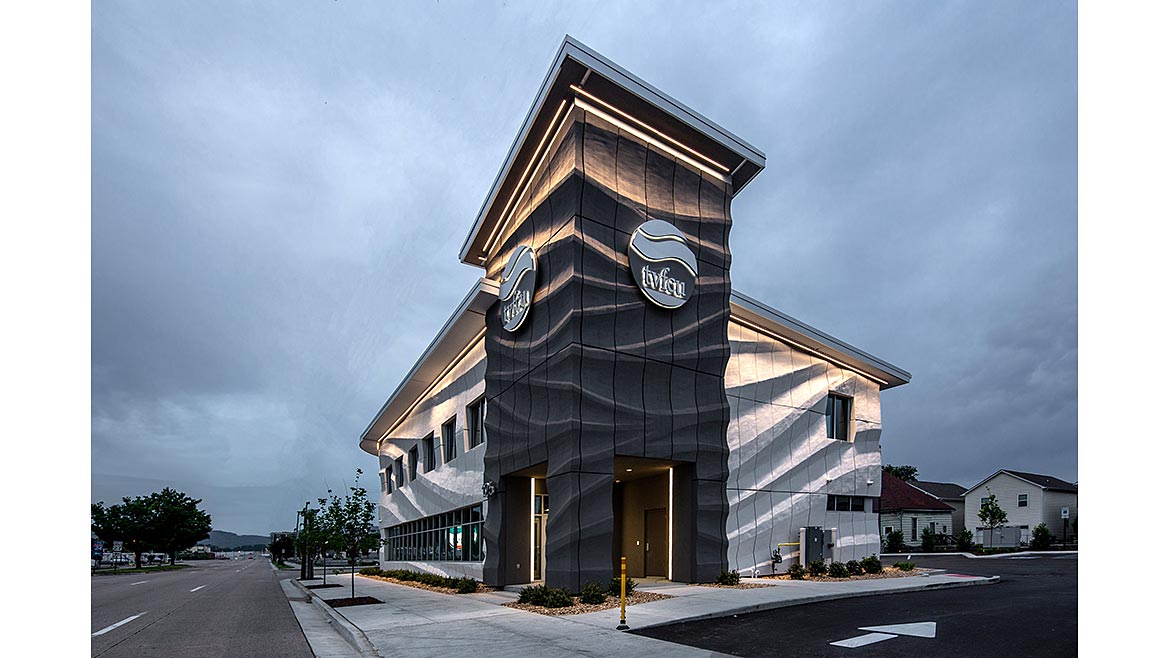
From the Start: Plan for Panelization
Panelization is a method where wall panels are constructed off-site in a controlled manufacturing environment and then delivered to the jobsite at the right time and ready for installation. This process eases construction managers’ concerns for a number of variables that are common with on-site construction.
Panelization ensures a quality product delivered to the site and eliminates the need for multiple trades coordinating efforts. Furthermore, project managers can rely on the building materials manufacturer for the labor required to fabricate panels and prepare them for installation. With the ongoing skilled labor shortage, panelization and prefabrication are viable and sustainable solutions for achieving better construction timelines without sacrificing quality work.
A Closer Look at Labor
According to Associated Builders and Contractors, the industry needs to attract approximately 650,000 new workers to meet the demand of residential and commercial construction in 2022. While panelization and prefabrication are not panaceas for the issue, they can help reduce the severity of its impact on builders and building owners’ project timelines.
For example, some organizations are prefabricating 3-D printed cladding panels for commercial construction projects, with the ability to ship them to construction sites across the country. The use of robots and digital prefabrication to design and 3-D print cladding materials enable mass customization for commercial building exteriors.
What do you get when you combine this emerging technology with prefabrication?
- Fully fabricated, mass customized, and ready-to-install cladding panels.
- Using this panelization method, the amount of labor—workers and hours—required to complete a project can be dramatically reduced.

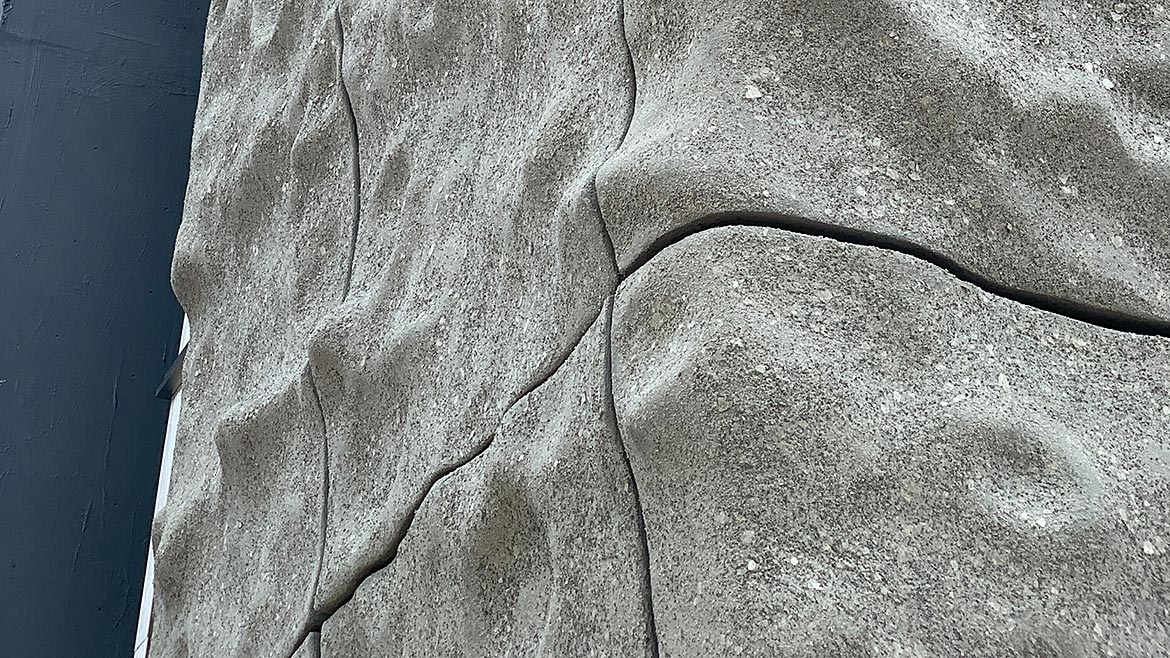
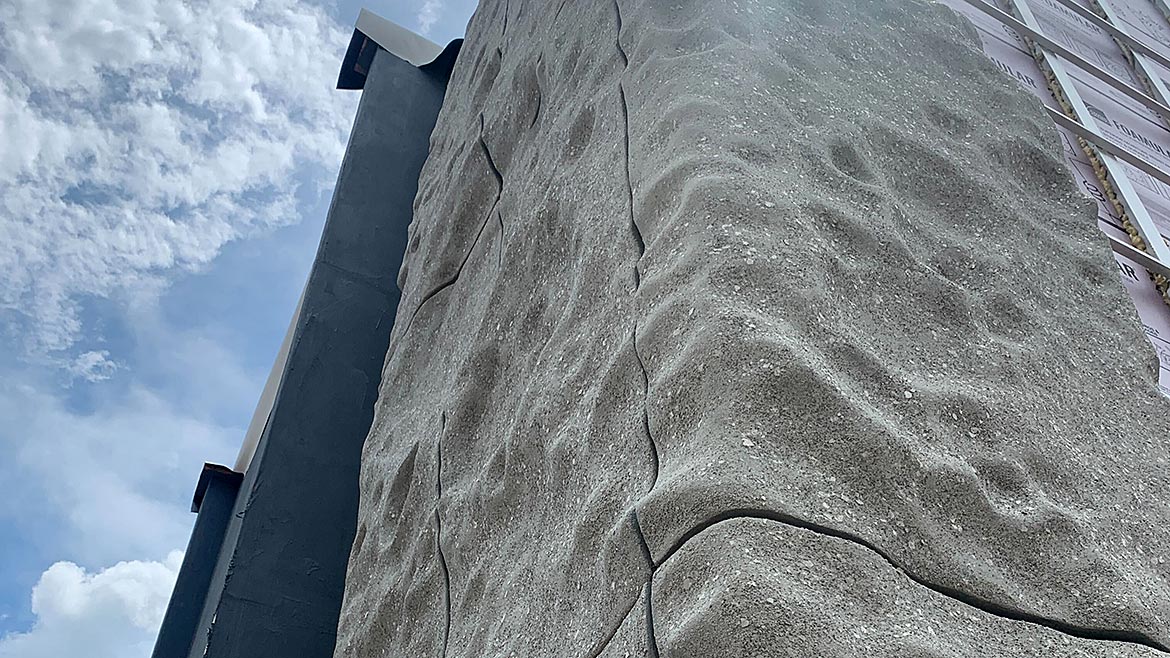
Schedule Certainty
Panelization means that wall panels are built in an indoor facility ahead of time, removing concerns about inclement weather or other external factors that can delay the production of a building’s cladding materials. Mother Nature is taken out of the equation, which translates to predictable installation timelines and a more reliable project completion date.
Schedule acceleration provides a benefit to every segment of the construction industry. Consider the dividends it pays for higher education.
Often, there is a finite window of time where construction can commence and must be completed on a college campus. This typically occurs during the summer break while the majority of students are away from campus. With panelization, construction of the building exterior can be set in motion months ahead of time while students are still in class. At the final bell, installation can begin immediately in the spring and be completed by early summer, well in advance of the beginning of the next school term. This is just one scenario showcasing the tangible benefits panelization offers to construction crews, college administrators and students.
Depending on the size of the building, choosing prefabrication can enable crews to enclose an entire building within a six-week span. With traditional construction and on-site fabrication methods, a similar job might take six to ten months.
Prefabricated panels help ensure schedule certainty and facilitate the installation of a building’s exterior in a fraction of the time.
Safety First
There are a number of industry-wide safety measures and precautions that are enforced and all for good reason. However, jobsite safety remains a serious concern in construction.
Prefabricated building systems offer a variety of inherent safety advantages. Primarily, much of the work is completed in a safe, ground-level manufacturing facility, which significantly reduces the risk of the most frequent construction jobsite fatality type: Falls.
Lightweight, prefabricated panels can be hoisted into place and installed onto a building exterior without the need for long-term on-site scaffolding. Furthermore, by reducing the man hours required for installation there are fewer opportunities for injury to occur.
Finally, manufacturers who specialize in panelization employ dedicated experts who focus solely on supervising the prefabrication of cladding panels. Those individuals develop and implement workflow processes to reduce the risk of injury. And since all panels are fabricated in a well-lit, climate-controlled, indoor environment, the fabrication process involves none of the environmental or climate related risks associated with on-site fabrication.
Perks for All Parties
Prefabrication and panelization allow each member of the building project team to realize significant benefits.
The architect can design a building facade without the concern that fabrication will need to be performed in the field, potentially reducing quality or design fidelity. Furthermore, if the manufacturer has 3-D printing and digital fabrication capabilities, then the architect’s freedom of creativity for the building envelope is nearly limitless.
The building owner enjoys rapid improvement on completion timelines leading to a lower cost of capital for project financing and a much shorter timeline to begin earning revenue on the completed building.
Finally, project managers, contractors, and crews get the benefit of expedited project timelines and reduced labor costs while working under safer conditions.
The industry is evolving and more efficient methods of construction are beginning to take hold. Prefabrication and panelization are emerging as clear-cut winners when measured against on-site fabrication, and stakeholders across the industry are beginning to grasp how much value these methods deliver to their projects.
.jpg?1657297156)


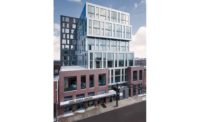
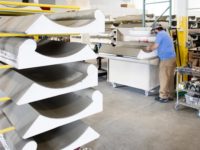
Report Abusive Comment